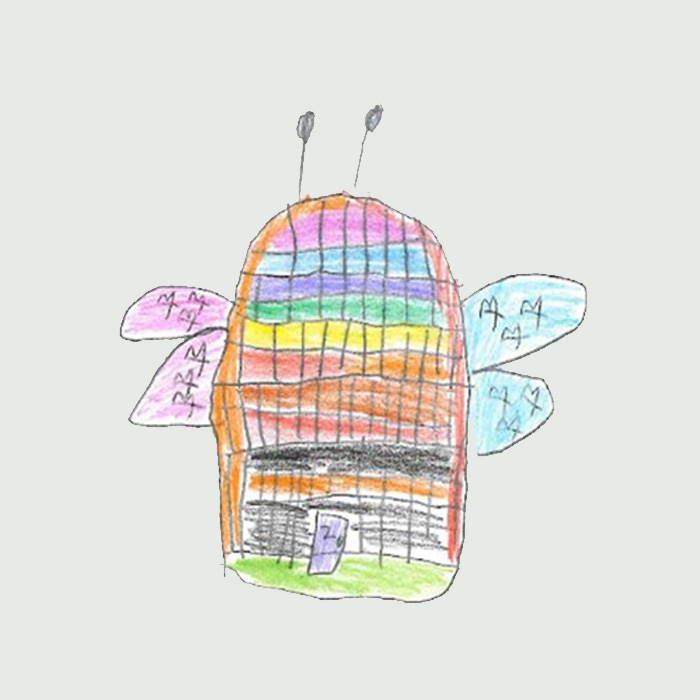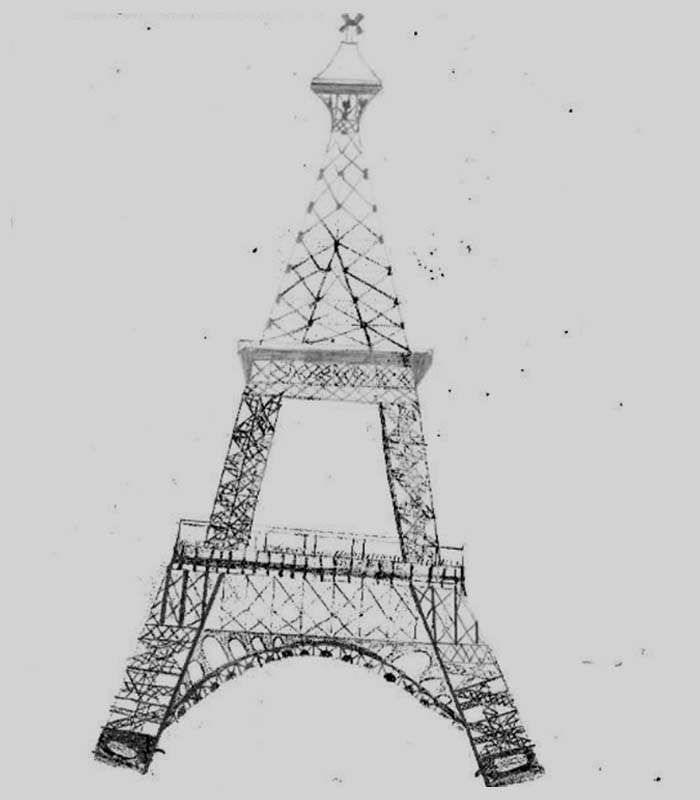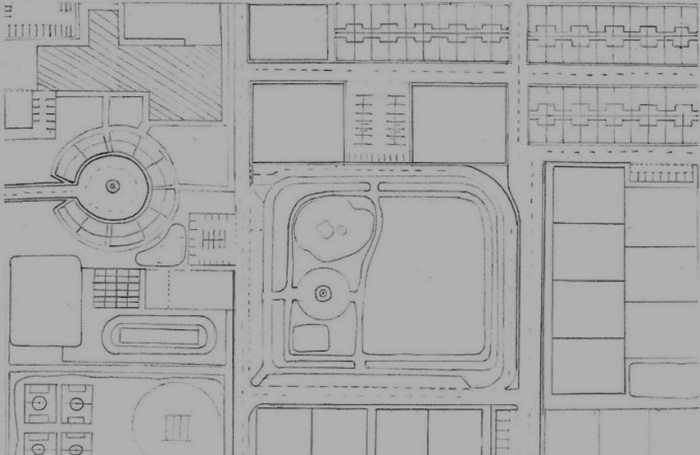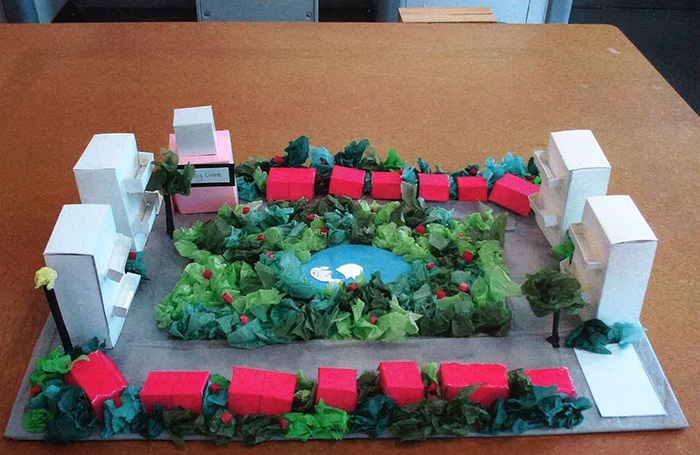In order to write the best reviews possible for Reading Architecture, students needed to consider everything from their first impressions of the book (would they have chosen to read it?) to how interesting and useful it had been (did they learn anything or find it entertaining?).
To kick start the project students watched two short videos – one introducing the project and explaining what a review usually included, the other explaining what architects do and the skills involved. The latter videos were created by Architecture Ambassadors Cath Wheater from Watson Batty, Sid Sedheva from Glen Howells, and Olive White from the University of Wolverhampton.
RIBA then set the students some architectural activities and challenges that would encourage them to use the books to find the information or inspiration they needed to complete the set tasks, replicating how they would use books for classwork or homework. Below is a summary of what they got up to over the summer term.
Students aged 5 to 7
Across five lessons students read a different picture book with their teacher, trying to guess what happened next in the story and exploring how colours and images supported the narrative. After discussing each book students were set some creative tasks which helped develop their understanding of the book and explore some of the architectural themes included in it. Some of the activities included:
- making a bug hotel
- drawing brightly coloured houses
- creating their own neighbourhood for characters
- designing a tree house or plant house
- ordering the steps of a house build and the professionals who do each part
- drawing the beginning, middle, and end scenes from a book
Many of the teachers also adapted their own activities, such as designing houses shaped as bugs, building colourful lego houses and even making houses from different shapes.

Ages 8 to 11
These students were set an architecture group challenge that they completed across six lessons. Students were divided into groups, and each week their group would explore a different set of books which all linked to a particular architecture theme e.g. sustainability, history, skills. Each theme had different activities to complete, which always included a group task and an individual creative activity. Students were responsible for managing their own time each week and had to make notes about the books they looked at each lesson. Points were awarded to the teams who completed all the tasks and produced the best work, with a winner being announced at the end. Some of the activities the project included were:
- creating architecture fact files
- designing a sustainable house
- making a cereal box city
- completing an architecture quiz
- recreating a house from a historical period
- drawing using techniques architects practised

Ages 13 to 16
Our final group of students were also set a challenge to complete across six weeks, using the books for inspiration or to acquire knowledge they needed to complete the task. Students were given a design brief which asked them to create their own architecture firm and design a neighbourhood that encouraged soft city principles and sustainable living. The students were to pitch their designs in the last session, and so had to create masterplans, elevation drawings, and models which would share their ideas of what the neighbourhood would look like, what buildings it would include, and how it would be laid out.











